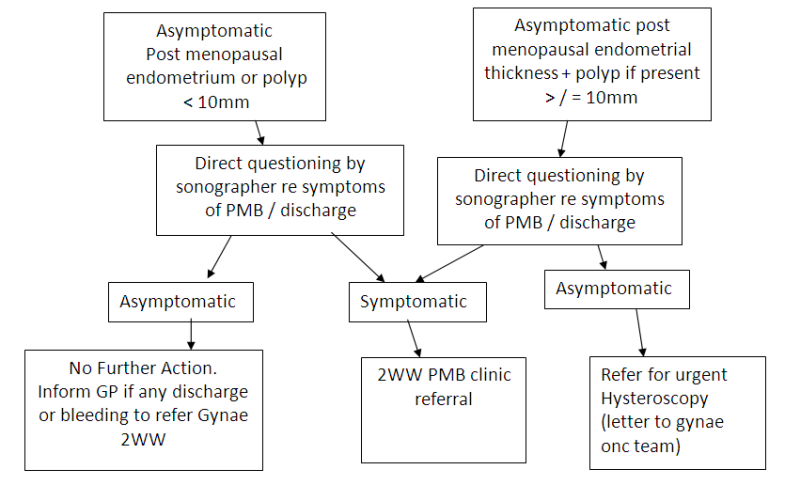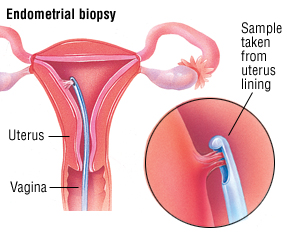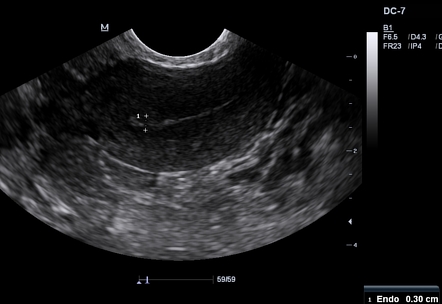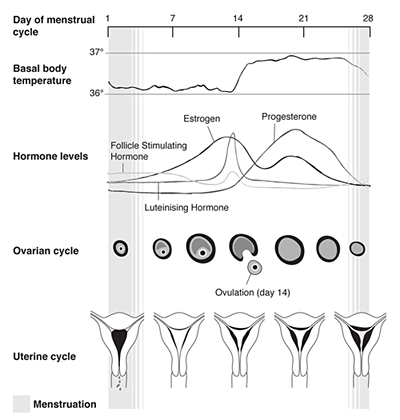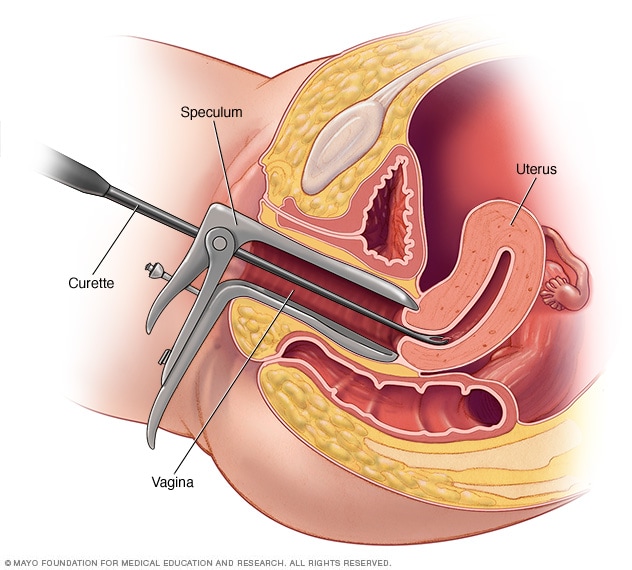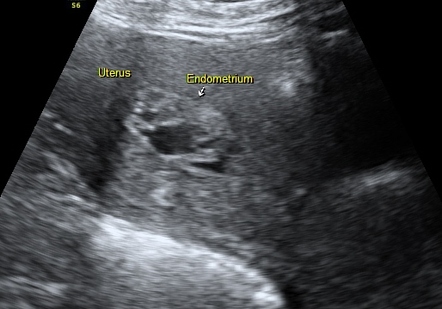Thick Lining Of The Uterine Wall After Menopause

In most cases endometrium thickening is non cancerous benign.
Thick lining of the uterine wall after menopause. Endometrial hyperplasia is a non cancerous condition in which your endometrium becomes unusually thick. Schink points out it can eventually lead to malignancy. Uterine lining is ok. For a young woman in her menstrual age the inner wall of uterus gradually becomes thick every month to facilitate easy embedment of the fertilized egg.
What causes thickened endometrium. In some cases it goes away on its own. As a result the endometrium gets thicker and can bleed. Endometrial hyperplasia is caused by a presence of excessive cells in the lining of the uterus.
You may have endometrium thickening at this point. Thickening of the uterine lining is often just benign hyperplasia or it can be from benign uterine polyps endometrial hyperplasia. A thickened uterine wall. In postmenopausal women the lining of the uterus known as the endometrium or uterine lining should really be no thicker than 4 to 5 millimeters.
However if fertilization does not occur hormone levels decrease triggering menstruation which is due to the shedding of the uterine lining. The risk that a uterine lining of 4 1 mm would be associated with cancer is so remote as to be negligible. After menopause you may have too much estrogen and too little progesterone. In imaging tests of young females who.
This is thickening of the uterine lining and it is not always a sign of cancer even though as dr. In other cases it may be treated with hrt or. The inner wall of uterus is medically called endometrium. There are four types of endometrial hyperplasia.
Thickening of the uterus lining is a normal phenomenon for every woman in her premenopausal age. Endometrial hyperplasia is a condition in which the endometrium lining of the uterus is abnormally thick. Once completed a new cycle begins. Endometrial hyperplasia thickening of the uterine lining.
Your endometrium is not too thick.


